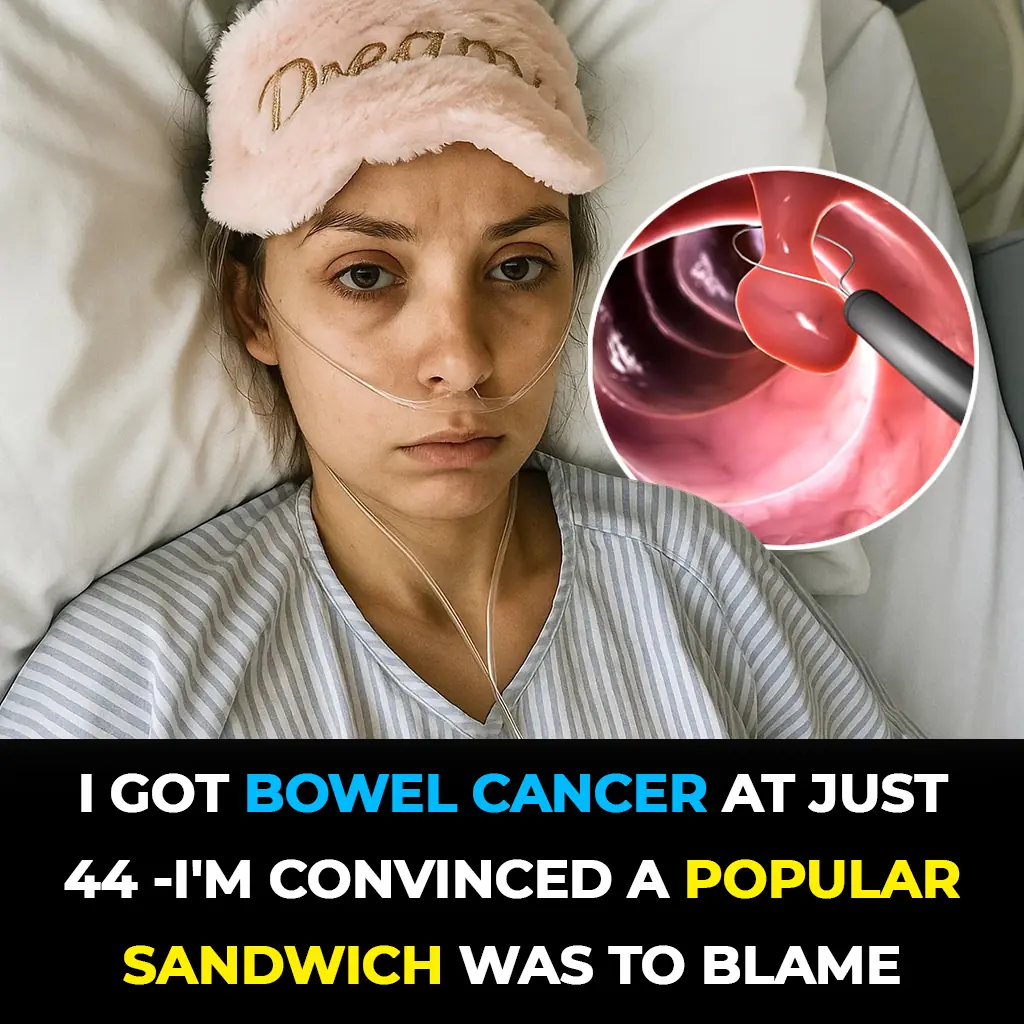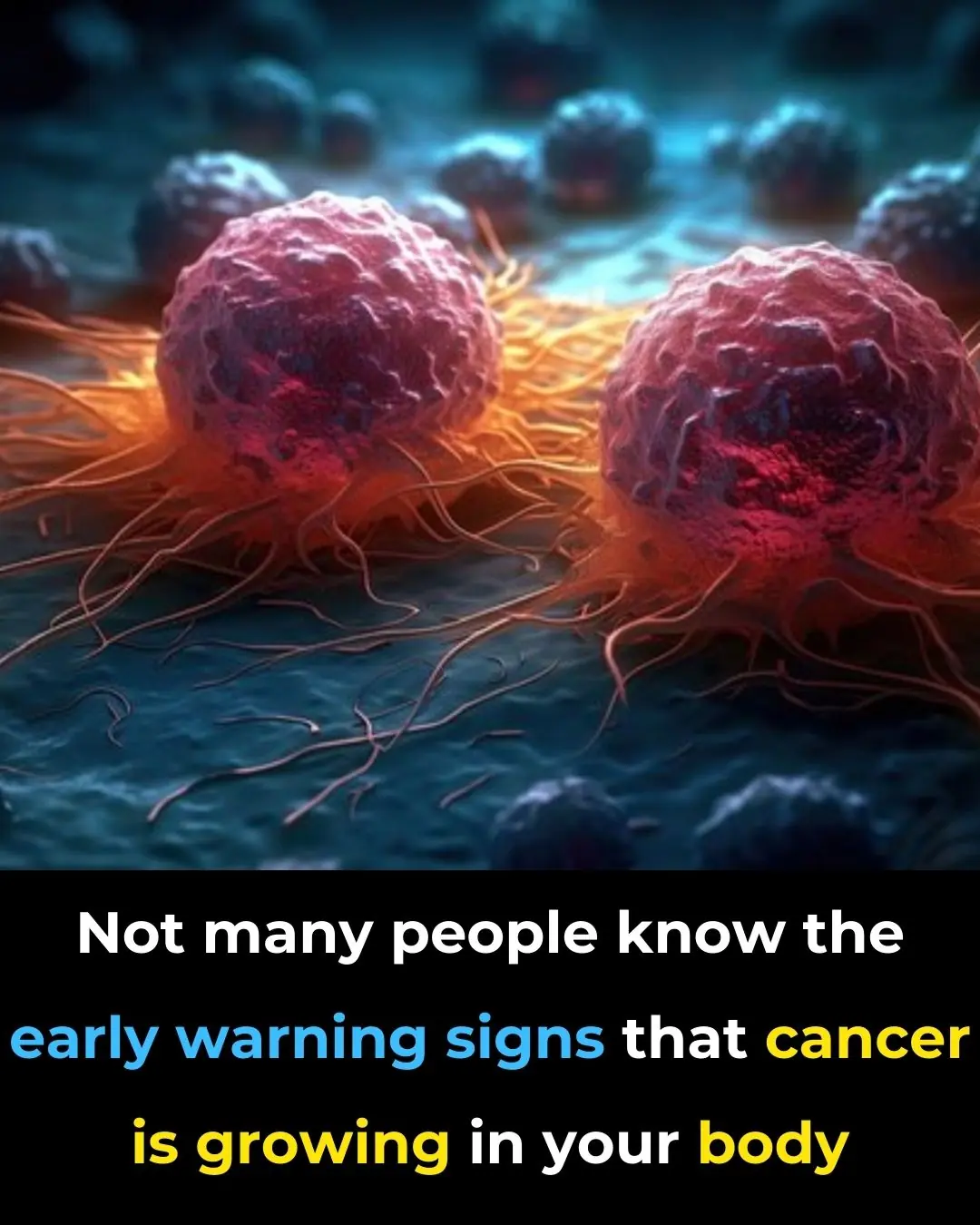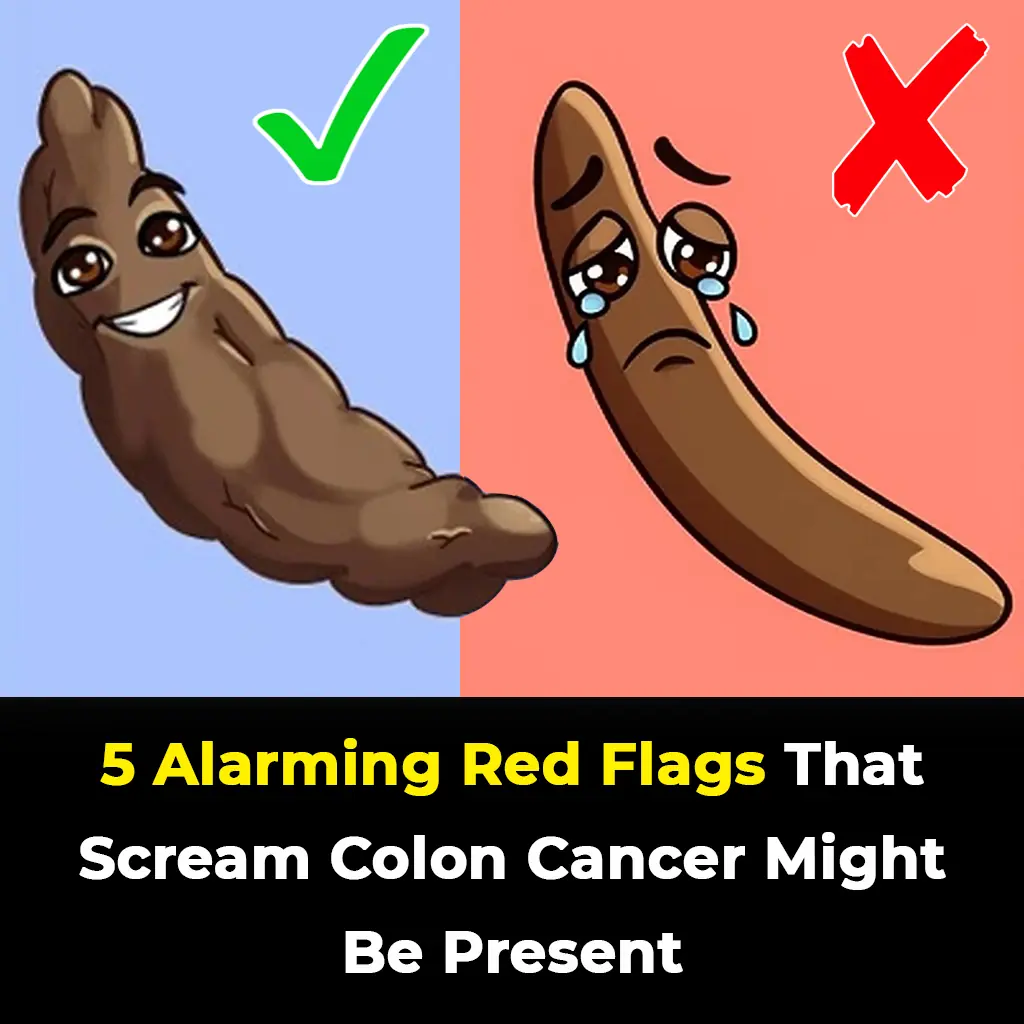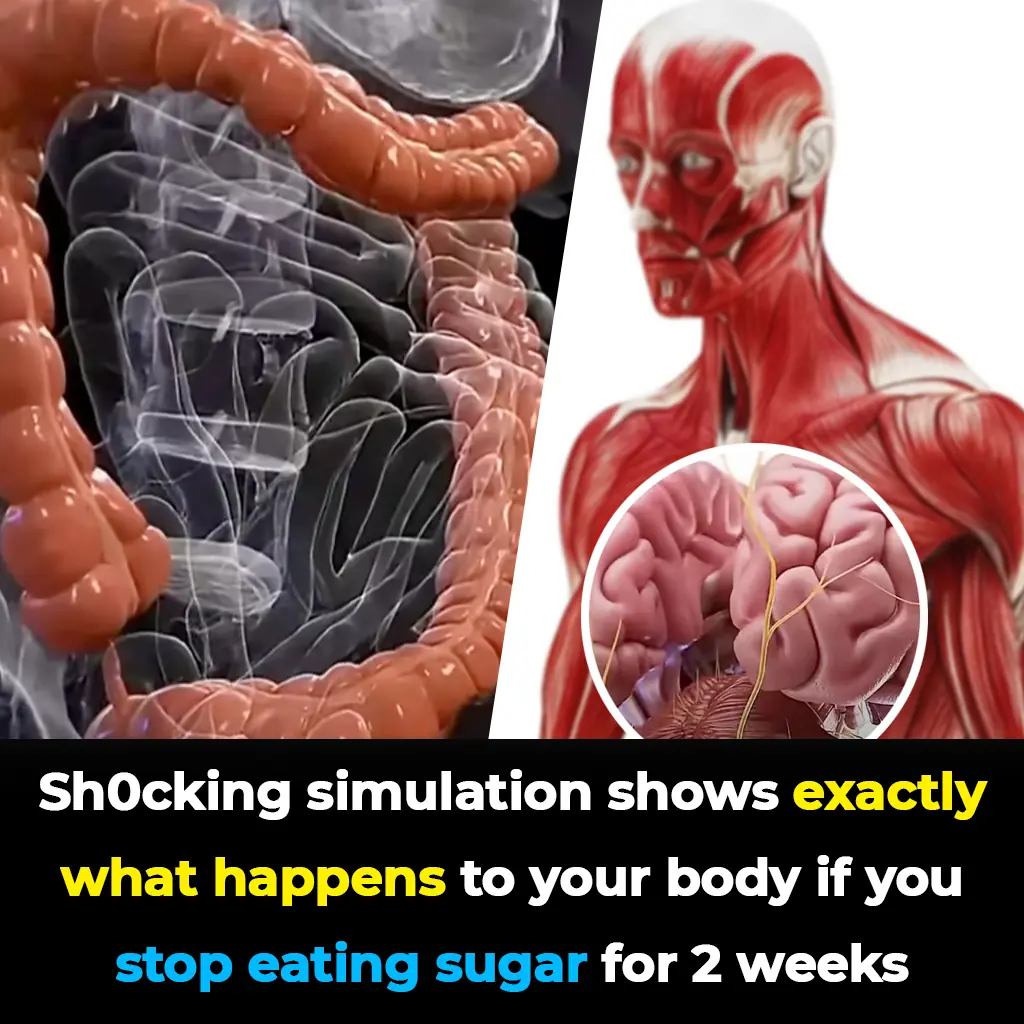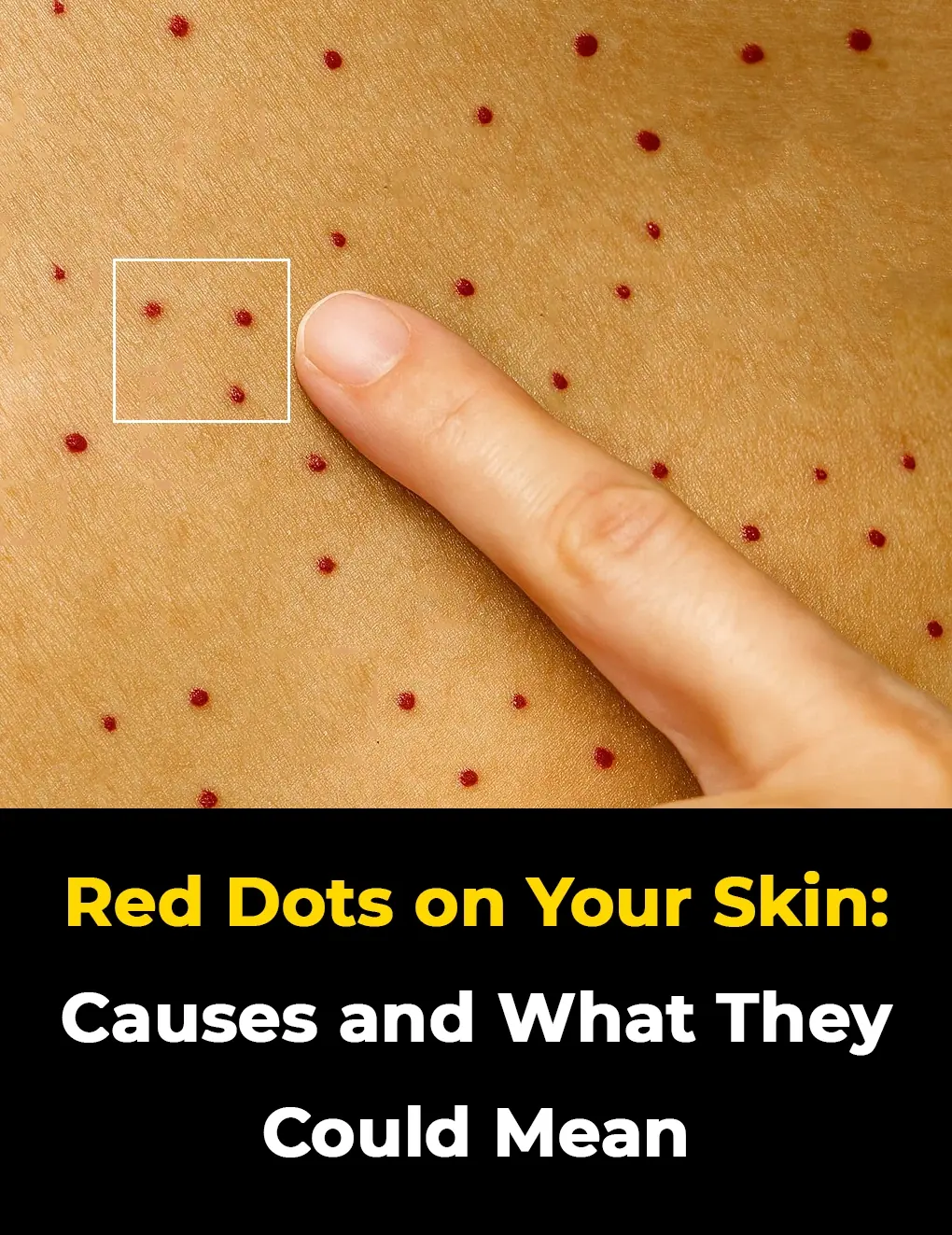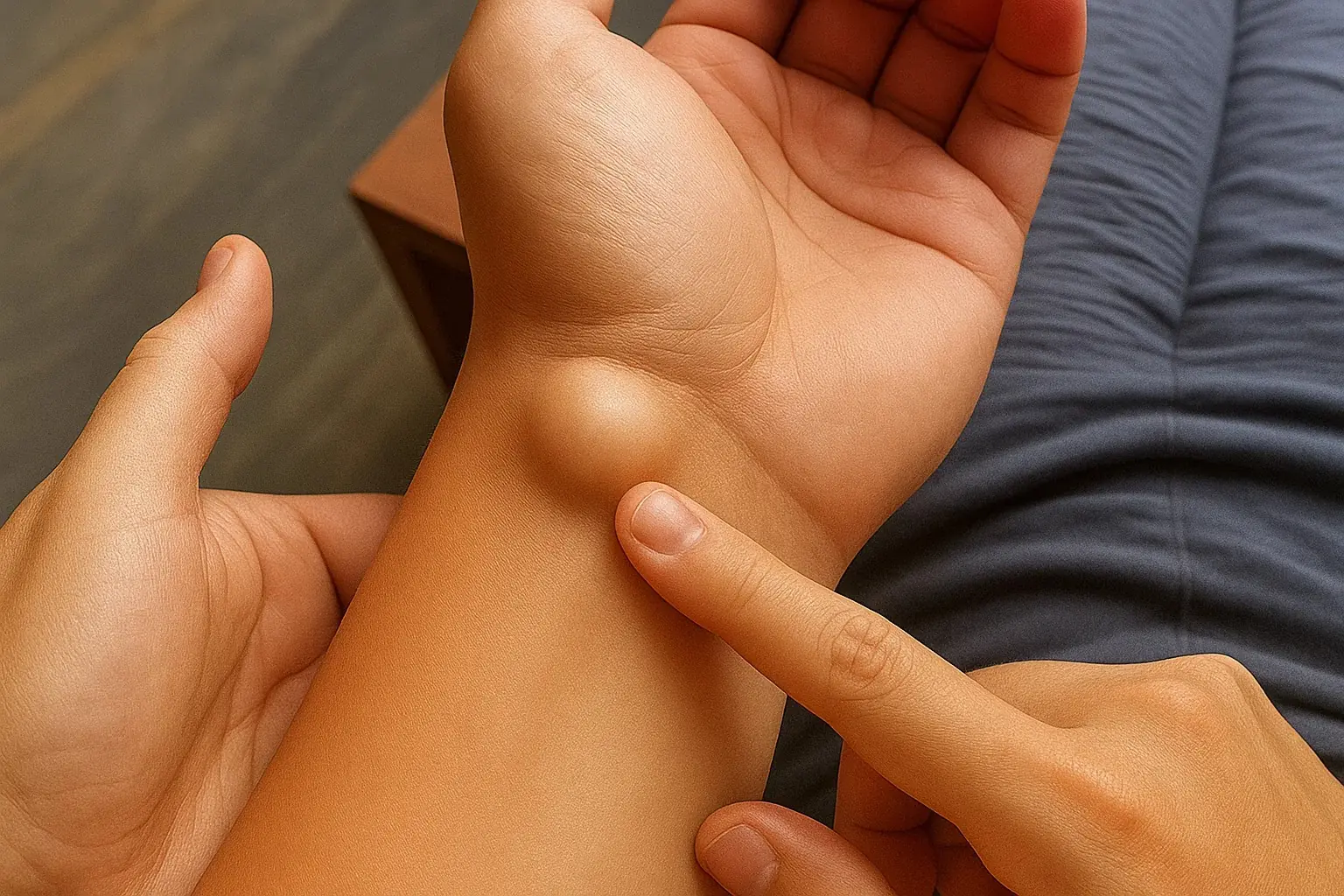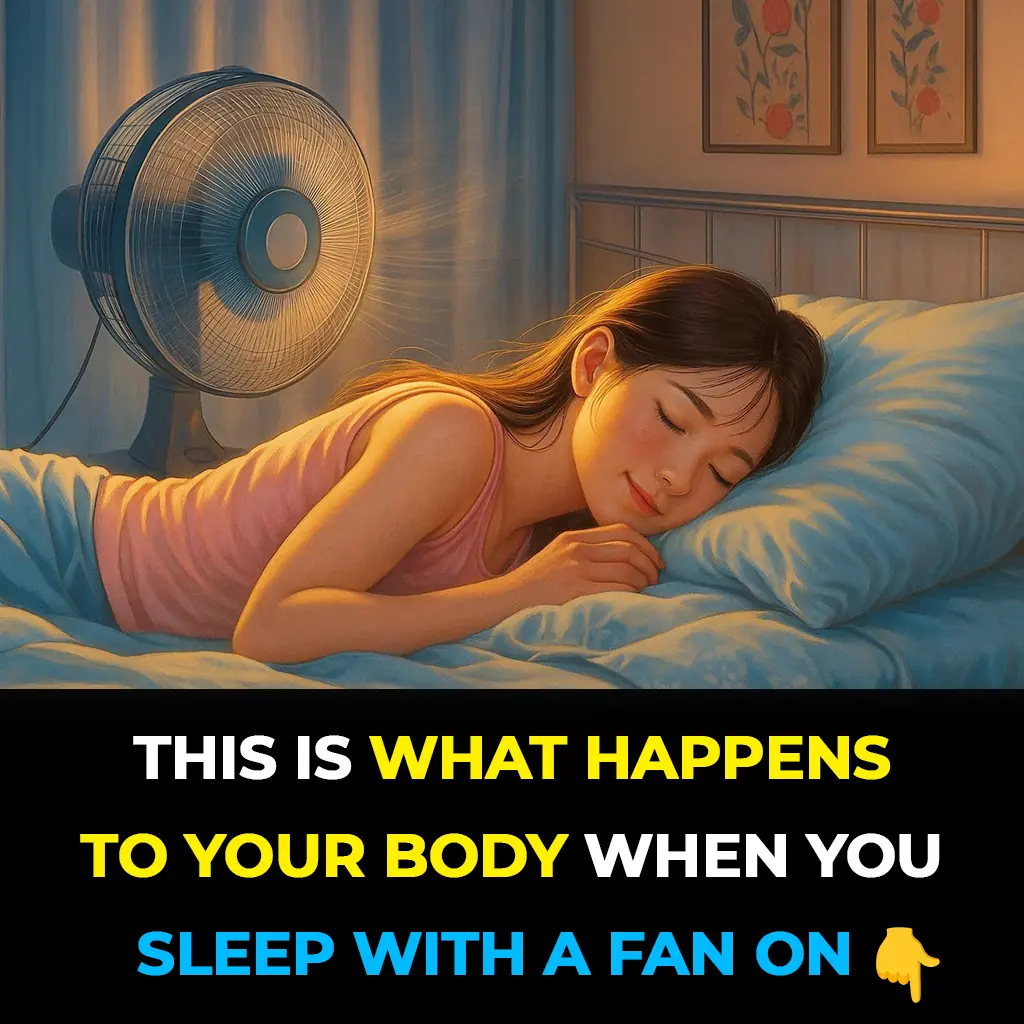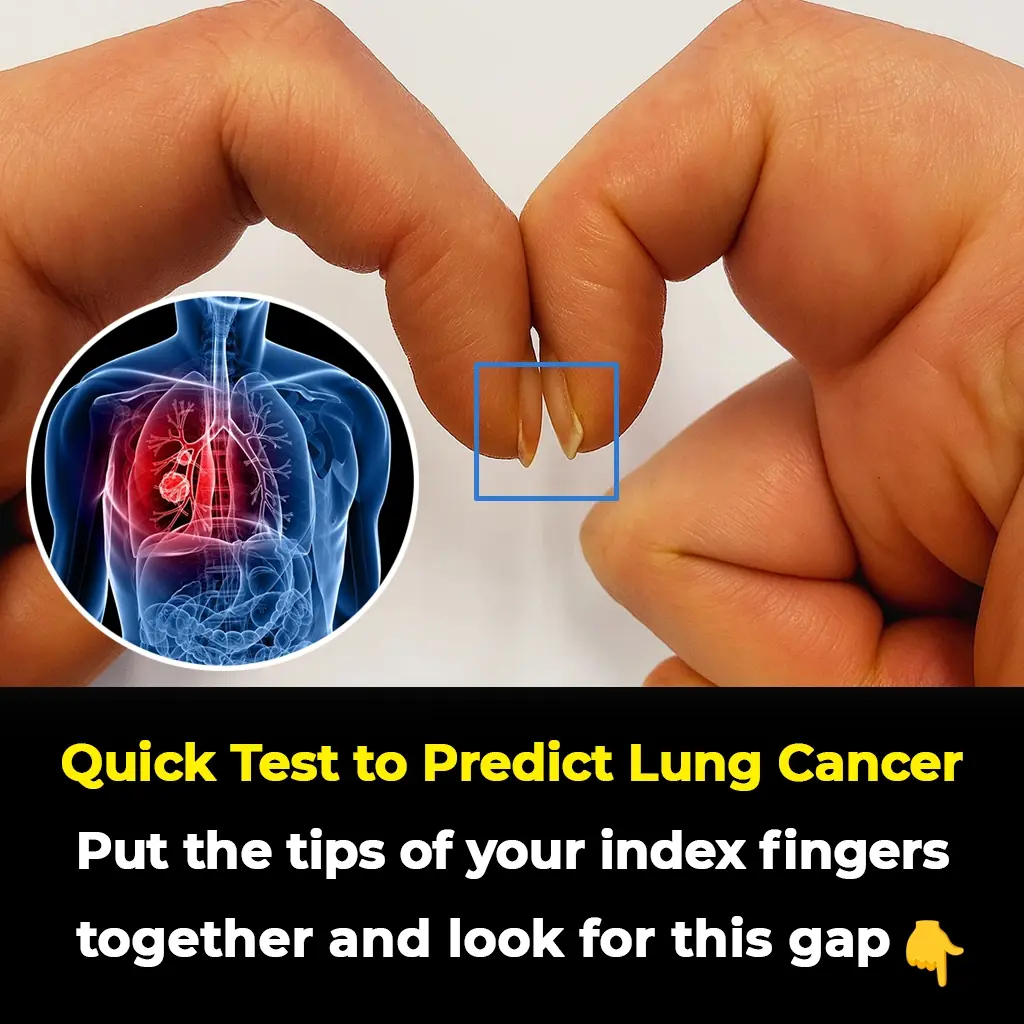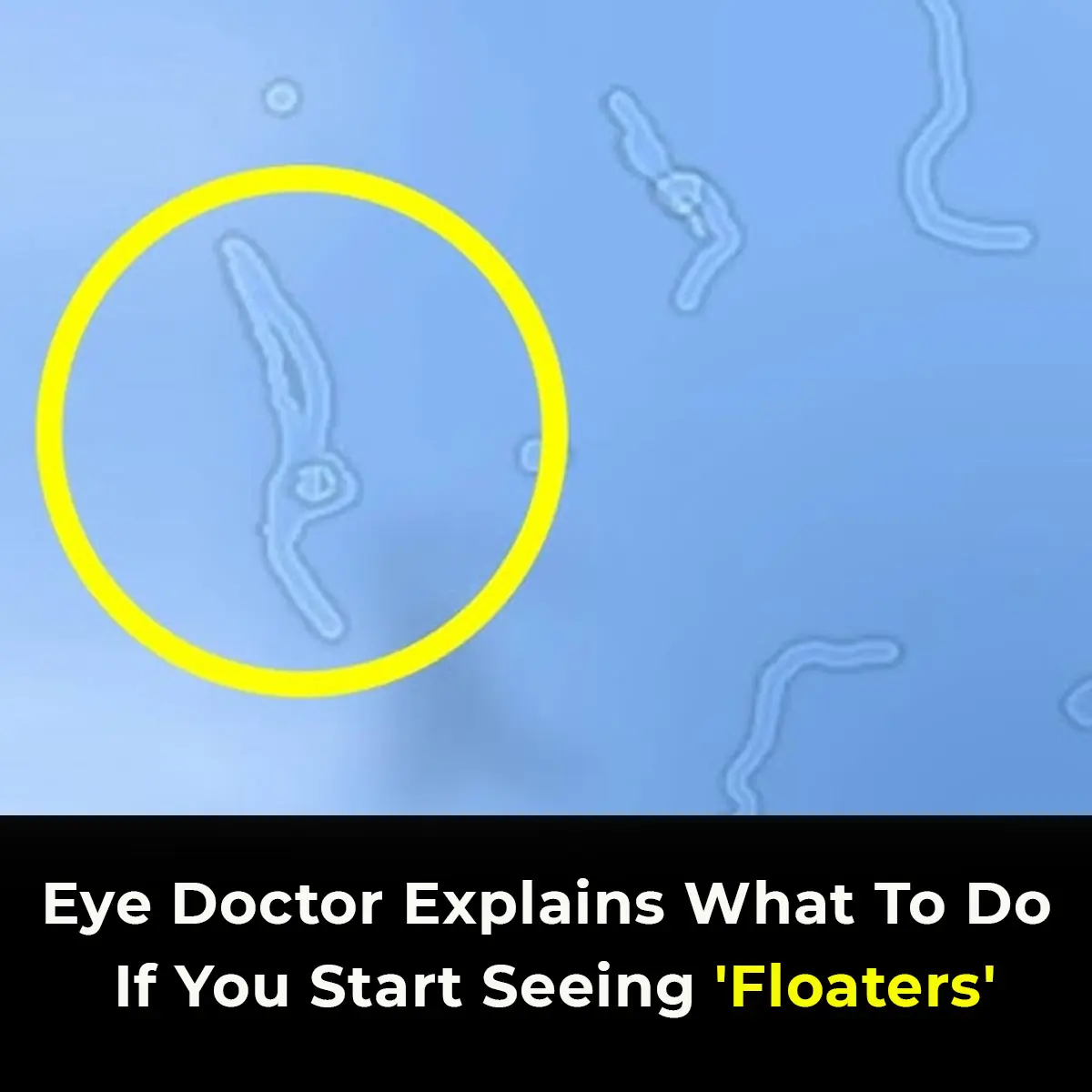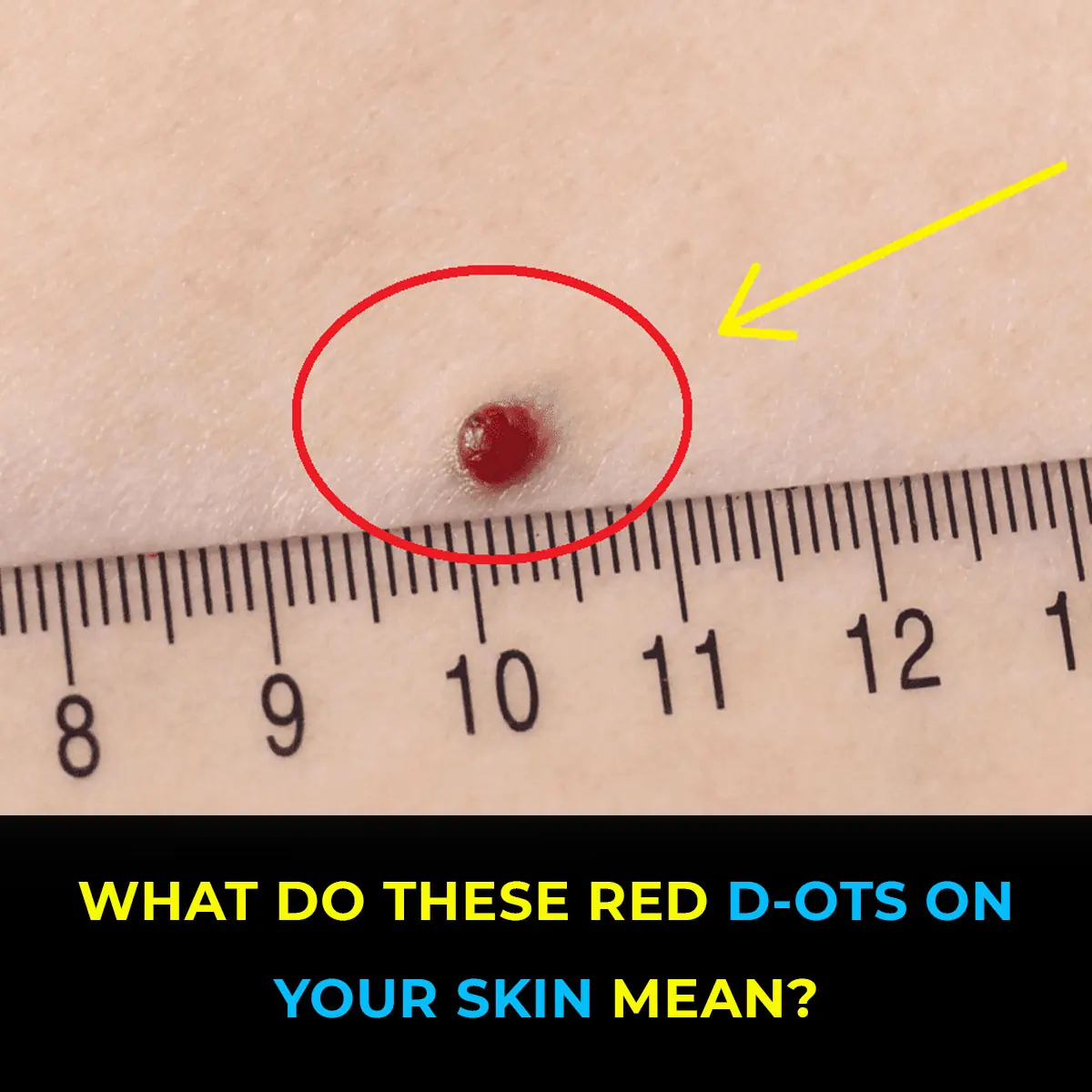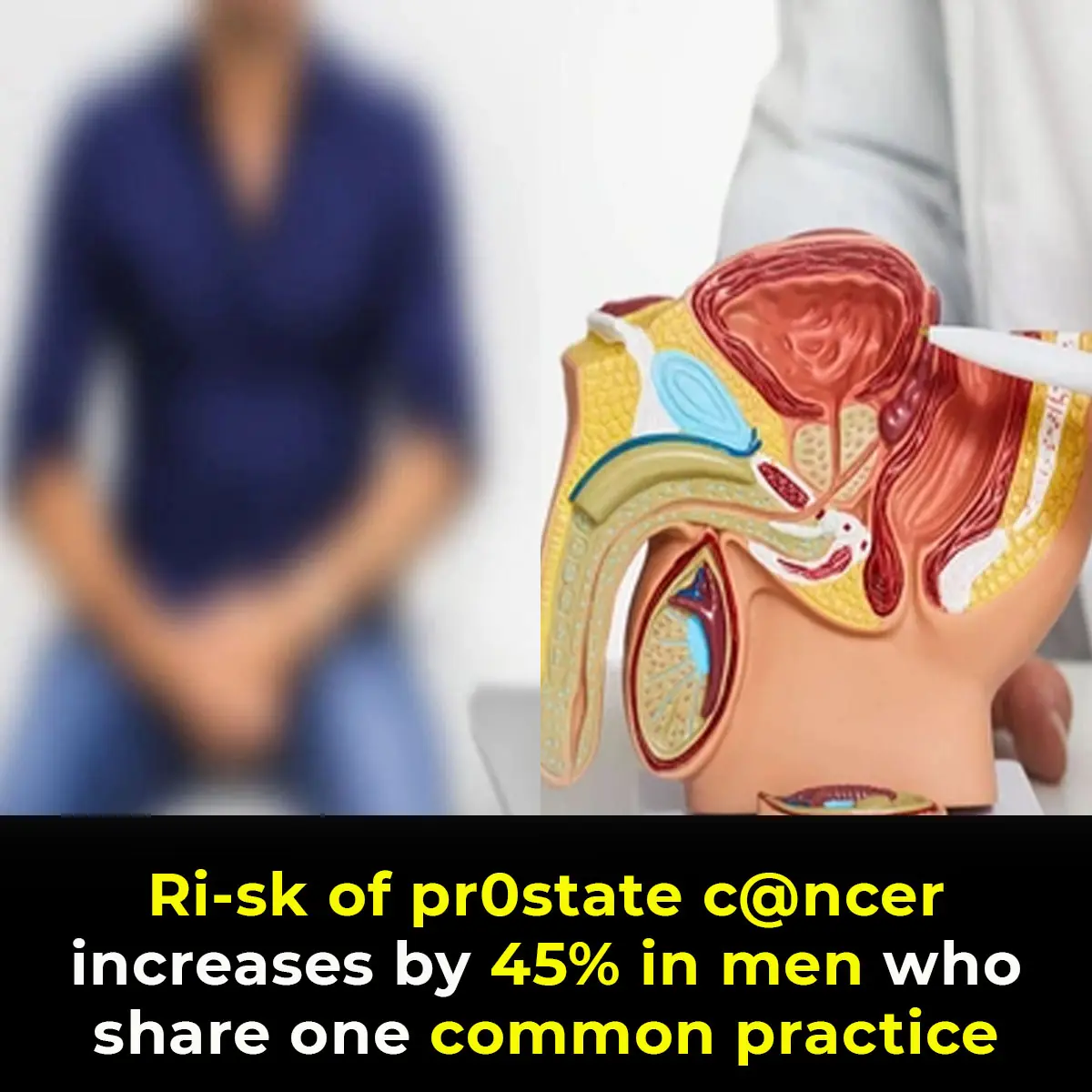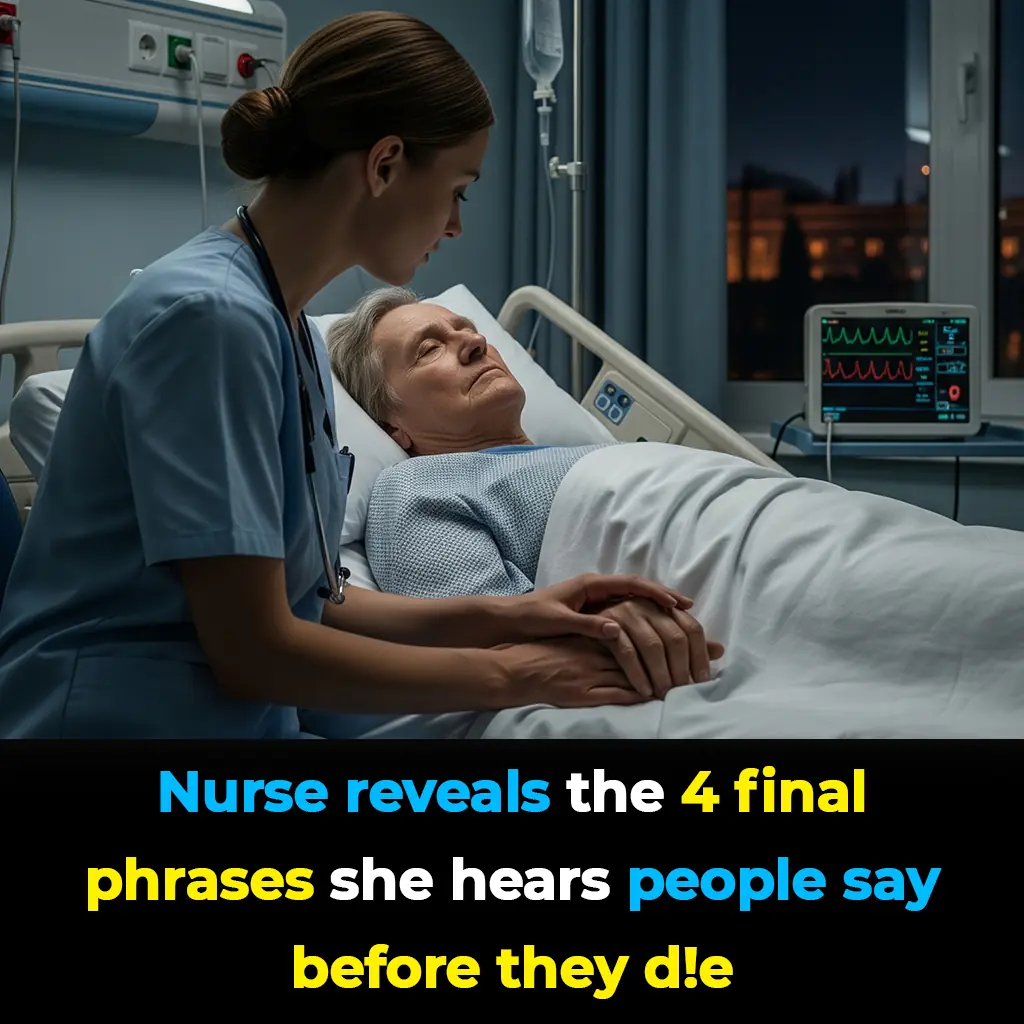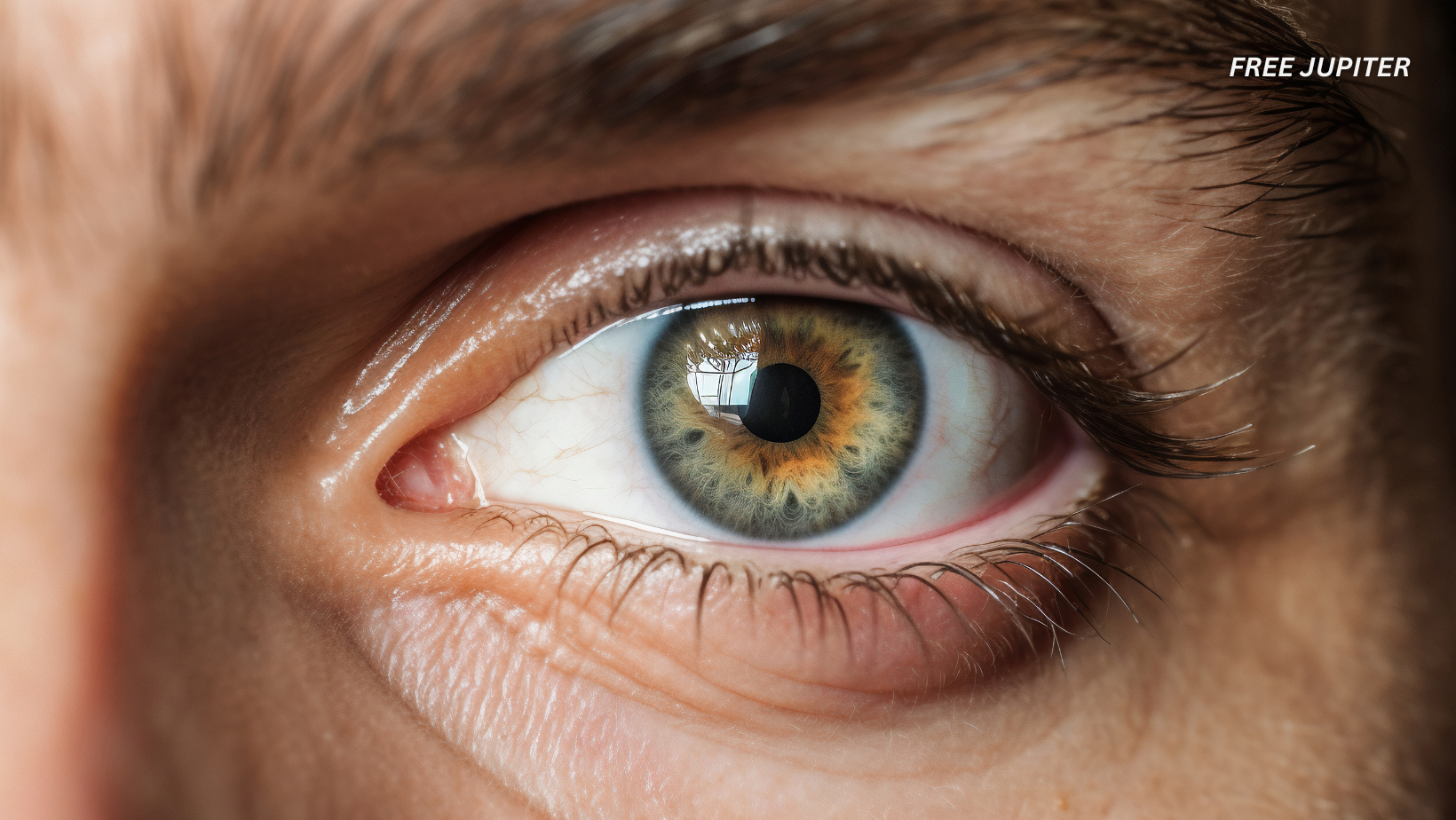
Imagine this: you wake up, brew your coffee, and instead of reaching for your reading glasses, you sit quietly for three peaceful minutes, eyes closed, while a soft, glowing red light washes over your eyelids. No, this isn’t some futuristic meditation ritual or a trendy wellness gimmick. According to a growing body of research from scientists at University College London (UCL), this might just be the future of eye care.
A groundbreaking yet simple idea is taking shape: daily exposure to deep red light could help reverse age-related vision decline, especially the kind that affects color perception and night vision. It’s non-invasive, natural, inexpensive—and could be done from the comfort of your living room.
A Global Issue: Vision Decline is More Than Just Inconvenient
Let’s be honest—our eyes don’t age gracefully. From our 40s onward, most of us start to notice small but frustrating changes: we squint more at labels, colors seem less vibrant, and night driving becomes a source of anxiety. This isn’t just part of “getting older”—it’s a looming public health issue.
According to the United Nations, the number of people aged 60 and older will double by 2050, with aging-related vision loss becoming increasingly common. That means more strain on healthcare systems, more loss of independence, and a lower quality of life for millions of people worldwide.
As Professor Glen Jeffery from UCL puts it: “As you age, your visual system declines significantly.” And this isn’t anecdotal—it’s been measured and confirmed through decades of scientific observation.
At the Core: Why Our Eyes Begin to Fail
The culprit? It starts at the cellular level—with the mitochondria.
Often called the “powerhouses” of our cells, mitochondria are responsible for producing the energy that powers virtually every process in the body—from your heartbeat to your brain function. In the eyes—particularly in the retina—mitochondria are essential.
The retina, which sits at the back of the eyeball, is made up of light-sensitive cells known as photoreceptors. These include:
-
Rods, which help you see in low light and peripheral vision, and
-
Cones, which are responsible for detecting color and fine detail.
Both types of cells are extremely energy-demanding. But around age 40, mitochondria begin to slow down. Their energy output declines. The photoreceptors can’t keep up. As a result, color vision dulls, night vision fades, and overall visual clarity suffers.
That’s the biological bottleneck—and it’s what Jeffery’s team hoped to fix.
A Bright Idea: Can Light Reboot Mitochondria?
To tackle this problem, the UCL team turned to an innovative yet surprisingly gentle intervention: light therapy.
Light therapy is already making waves in areas like skincare, wound healing, muscle recovery, and even mental health. But its potential for vision restoration is only just beginning to emerge.
Why red light? Because mitochondria are particularly responsive to light in the red to near-infrared range, especially wavelengths between 650–900 nanometers. When exposed to this kind of light, mitochondria absorb the energy and respond by producing more ATP—the molecule that fuels cellular activity.
In short, the right kind of red light could energize the retina’s mitochondria, potentially rejuvenating tired eye cells. Earlier lab tests showed promising results—not just in humans, but in fruit flies, mice, and even bumblebees. Despite their tiny compound eyes, these insects share surprisingly similar photoreceptor mechanics.
Encouraged, the researchers advanced to human trials.
The Human Study: A Light in the Eye
The UCL team recruited 24 participants—split evenly between men and women—aged 28 to 72. None had any diagnosed eye conditions. Each person underwent detailed vision tests to measure both rod and cone sensitivity before the experiment.
Then came the intervention: a small handheld LED device emitting red light at 670 nanometers. For two weeks, participants were instructed to hold the light near their eyes for three minutes a day. The light could even be absorbed through closed eyelids—so there was no need to stare into it directly. The process was quick, safe, and completely non-invasive.
After the two-week period, vision tests were repeated.
The Results: Older Eyes Recharged
The findings were striking.
While younger participants (under 40) showed little change, the 40+ age group experienced measurable improvements:
-
Color contrast sensitivity improved by up to 20%. This means they could more easily differentiate between subtle shades—like navy vs. black or maroon vs. red.
-
Rod function (night and peripheral vision) also improved in many participants, though to a lesser extent.
According to Jeffery, it’s like giving your eye a boost of energy. “This is like recharging the battery in your eye,” he explained. And remarkably, this wasn’t a long or complicated process—it took just three minutes a day for two weeks.
Accessible, Affordable, and Safe
One of the most promising aspects of this therapy is how affordable it is. The LED device used in the study costs just £12 (about $14 USD) to produce—cheaper than a month’s supply of many vitamins or supplements.
There’s no need for prescriptions, expensive doctor visits, surgeries, or medications. No side effects were observed, and the light doesn’t damage the eye, even after repeated use.
This makes red light therapy potentially life-changing for people in low-resource areas, or for those with limited access to eye care professionals.
But Let’s Not Get Ahead of Ourselves
As exciting as the findings are, it’s important to recognize the study’s limitations. With only 24 participants, this research is still in its early stages. Larger-scale clinical trials are needed to:
-
Confirm the benefits
-
Determine how long the effects last
-
Understand the ideal frequency of treatment
-
Explore whether certain demographics respond better than others
There’s also hope that this therapy might help with more serious conditions—like macular degeneration, glaucoma, or diabetic retinopathy. But for now, that remains theoretical.
Still, these initial results are extremely promising—and they hint at a simple, natural solution to one of aging’s most frustrating side effects.
The Bottom Line: A Bright Future for Aging Eyes
In a world where technological solutions are often expensive, complex, and hard to access, deep red light therapy stands out. It’s simple, safe, science-backed, and potentially transformative for millions of people.
The idea that we can use light—a basic force of nature—to energize our own cells and maintain our health is both elegant and empowering.
While we wait for larger trials to solidify its place in modern medicine, one thing is already clear: when it comes to eye care, the future isn’t just looking bright—it’s looking red.


